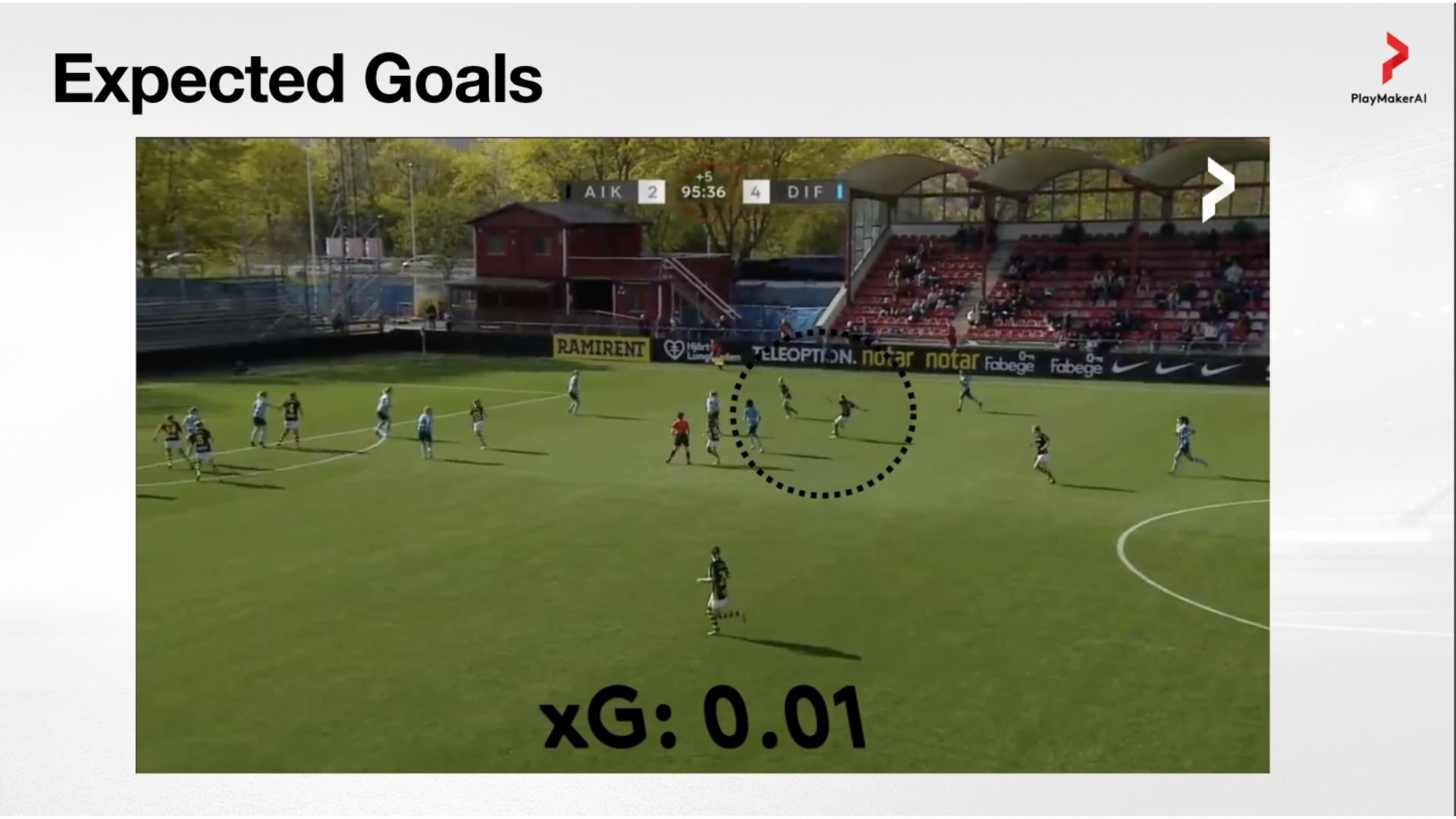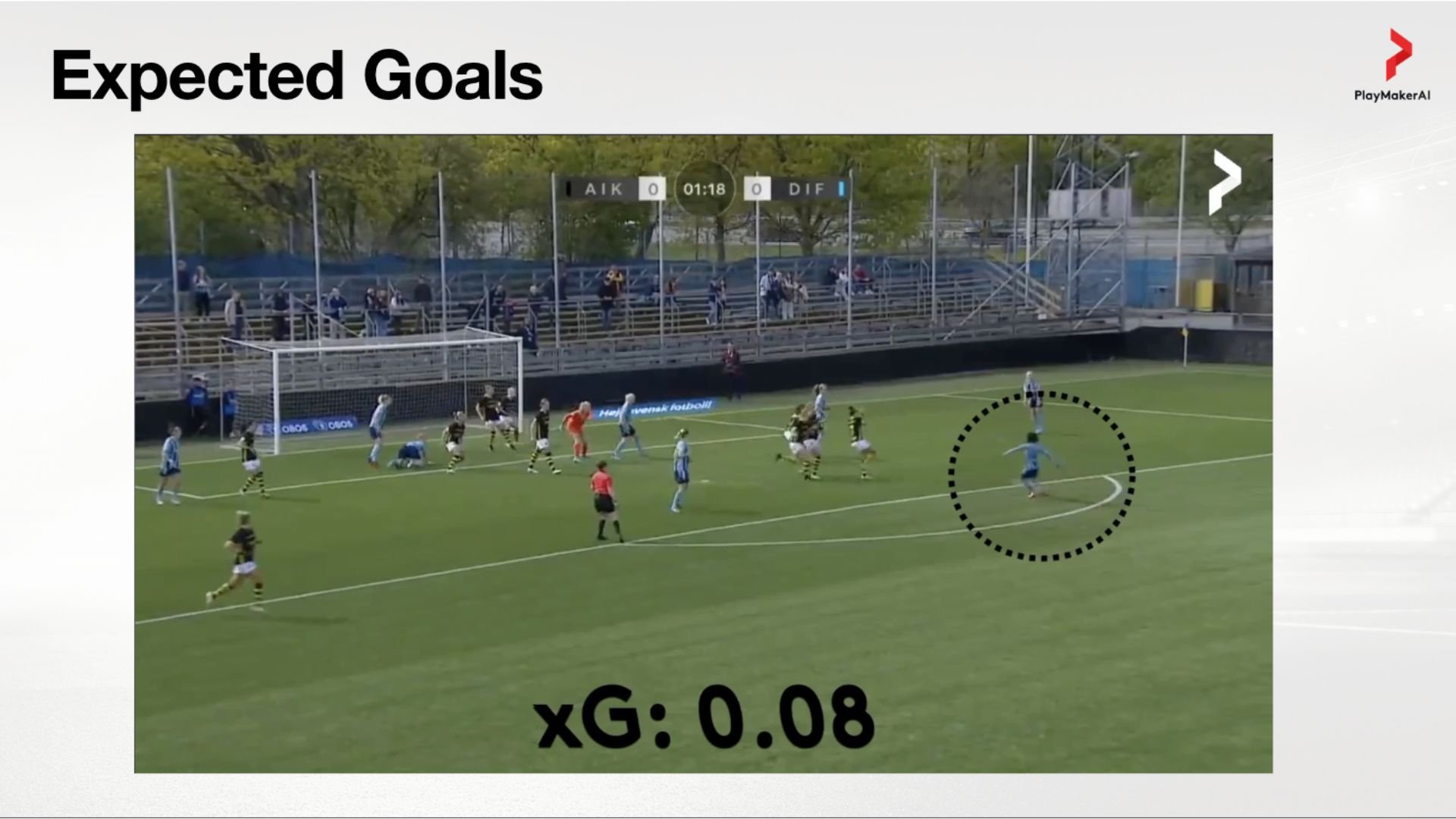The Ultimate Guide to xG & xT in Football Analytics
Football analytics has transformed the way clubs evaluate performance, identify talent, and gain a competitive edge. Two of the most influential metrics—expected goals (xG) and expected threat (xT)—offer deep insights into scoring probability and positional value, respectively. This guide will walk you step-by-step through the concepts, calculations, and practical applications of xG and xT, helping decision makers and scouts at smaller clubs implement these powerful tools without breaking the bank.
What Is Expected Goals (xG)?
Definition
Expected goals (xG) quantifies the probability that a given shot will result in a goal, based on historical data. Each shot is assigned a value between 0 and 1.
Key Factors
Shot distance, angle, situation (open play, set piece, counter), preceding actions, and defensive pressure.
Why It Matters
xG helps scouts and analysts distinguish between luck and genuine quality, informing recruitment and tactical decisions.
In the two real-match examples below, we can see how xG varies depending on shot quality, positioning, and pressure.
A low-probability shot with xG: 0.01, taken from distance.
A more favorable shooting position with xG: 0.08, closer to goal and fewer defenders.
What Is Expected Threat (xT)?
Definition
Expected threat (xT) measures the change in a team’s probability of scoring resulting from a player’s pass or carry across the pitch.(Measured on the player individually as well.)
Key Factors
Origin and destination coordinates, pass type, ball progression. xT is calculated based on where the ball is moved from and to (origin and destination on the pitch), the type of action (e.g. pass, carry, cross), and how much the action increases the likelihood of scoring by moving the ball into more dangerous areas.
Why It Matters
While xG only assigns value to shots, xT captures the buildup actions that generate threat—passes, carries, and movement into dangerous zones. The visuals below highlight the gap xT fills in modern analysis.
The PlaymakerAI model shows that while only 2% of events are shots, over 76% of meaningful threat comes from passes and carries.
A dangerous attacking moment with no shot taken — missed by xG, but captured by xT using positional threat modeling.
xT highlights which movements and transitions create the most goal-scoring opportunities and pinpoints players who drive attack. (Threat)
Why xG & xT Are Game-Changers for Smaller Clubs
Leveling the Playing Field
Advanced metrics close the gap between resource-rich and resource-constrained clubs by maximizing decision efficiency.
Data-Driven Recruitment
Identify undervalued talents by spotting consistent over-performers against their xG and xT expectations.
Tactical Clarity
Tailor game plans around high-threat zones and optimize player roles to amplify attacking strengths.
Implementing xG & xT on a Budget
Open Data & DIY Tools
Some clubs attempt to build their own basic xG or xT models using free public datasets and Python or Excel scripts. While this approach can minimize upfront costs, it demands time, technical expertise, and ongoing maintenance, that many smaller clubs simply can't spare.
Affordable Platforms
Ready-made analytics platforms like PlaymakerAI provide immediate access to professional-grade xG and xT models without the complexity of building from scratch. Instead of hiring engineering talent or setting up a data infrastructure, your club can plug directly into our pre-built dashboards, visualizations, and scouting tools, customized to your needs.
In-House vs. Outsourcing
While building an internal analytics team offers long-term control, it requires significant investment in recruitment, training, and software development. Partnering with PlaymakerAI allows smaller clubs to access world-class analytics instantly with no coding, no engineering headaches, and no costly delays.
Ready to Upgrade Your Club's Analytics?
PlaymakerAI gives you instant access to advanced xG and xT models without the need for coding skills, engineering teams, or heavy setup costs. If you're ready to modernize your scouting and match analysis with a plug-and-play solution built for ambitious clubs, let's talk.




